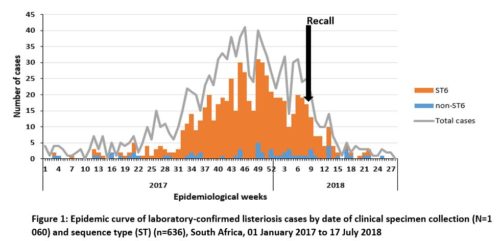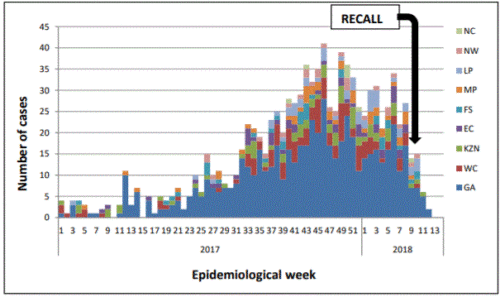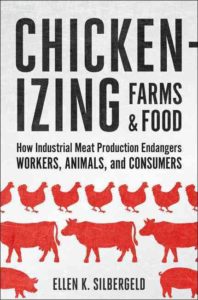Meat recalls keep going up. It’s time for USDA action.
A report from the U.S. Public Interest Research Group (PIRG) says that USDA recalls of meat and poultry have nearly doubled since 2013.
- USDA posts its recalls and notices here.
The PIRG report says FDA recalls of the products it regulates—produce, seafood, and processed foods—have dropped. The Food Safety Modernization Act rules are in effect, and working.
- FDA posts its recalls and notices here.
To do something about meat and poultry recalls, some of which involve Salmonella, food safety lawyer Bill Marler along with Consumer Reports and other advocacy groups, have petitioned USDA to classify Salmonella as an adulterant, an action that is long overdue (see the Washington Post’s story on Marler’s action.
Does USDA have the authority to do this? I think yes, even though courts have ruled that because Salmonella can be killed by cooking, they are a natural contaminant.
Yes, but supermarket raw chicken is frequently contaminated with Salmonella and frequently associated with disease outbreaks.
Salmonella-contaminated chicken requires special handling in kitchens: Don’t wash it! Keep it entirely separate from all other foods. Don’t put it on counters, plates, or cutting boards that can come in contact with other foods. In other words, run your kitchen like a maximum security laboratory.
It’s high time the USDA did something about this one.





